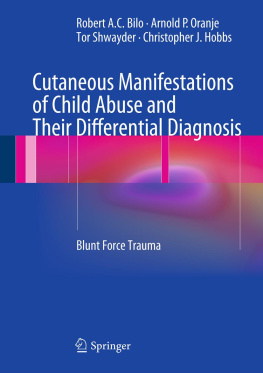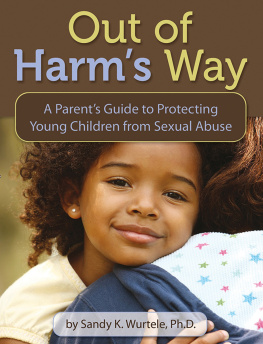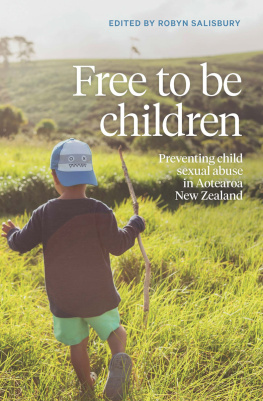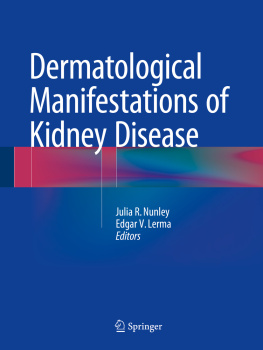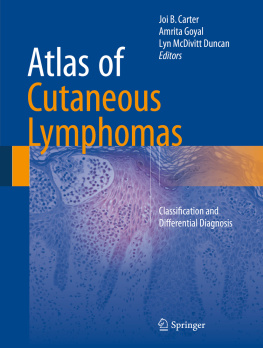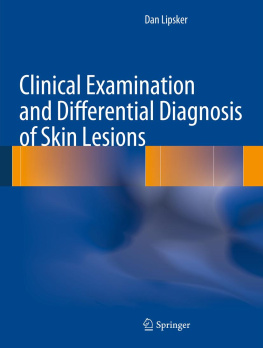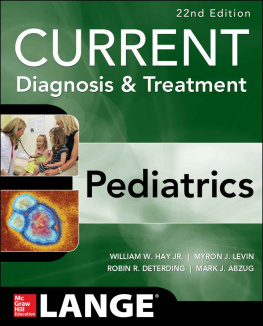1.1 Defining Child Abuse, Physical Abuse, and Neglect
There is no universal definition of child abuse or of any of its subtypes (Table ) is more descriptive and also includes the various types of child abuse into their definition: child abuse or maltreatment constitutes all forms of physical and/or emotional ill-treatment, sexual abuse, neglect or negligent treatment or commercial or other exploitation, resulting in actual or potential harm to the childs health, survival, development or dignity in the context of a relationship of responsibility, trust or power.
Table 1.1
Types of child abuse in clinical practice
Physical abuse |
Neglect, including physical neglect and other types of negligent behavior |
Sexual abuse |
Psychological/emotional abuse |
Pediatric condition falsification/fictitious disorder by proxy/medical child abuse (US terminology)/fabricated or induced illness (UK terminology) (formerly known as Munchausen syndrome by proxy) |
Physical abuse of a child is defined as the deliberate physically violent behavior toward a child, committed by parents, care providers, and other known (such as brothers, sisters, acquaintances, and teachers) and unknown individuals. Child abuse is very rarely caused by the last group of unknown individuals. This behavior leads to actual or potential physical harm that is the result of the interaction, or lack of an interaction, which should reasonably be within the control of a parent or person in a position of responsibility, power, or trust (WHO ). The severity of the behavior may range from frequent physically aggressive behavior, such as beating, punching, kicking, biting, and burning with or without visible injuries and/or scars, that is not life-threatening to a single incident with severe life-threatening and even lethal consequences.
Hobbs () defined physical abuse from the perspective of the child: a physically abused child is any child who receives (received) physical injury (or injuries) as a result of acts (or omissions) on the part of his parents or guardians. This includes the actual or probable physical injury to a child or the failure to prevent physical injury (or suffering) to a child, including deliberate poisoning, suffocation and pediatric condition falsification.
Neglect is the failure to provide for the needs of the child in every aspect of a childs life: health, education, emotional development, nutrition, shelter and safe living conditions, within the context of resources generally considered available to the family or caretakers, and causes or has a high probability of causing harm to the childs health or physical, mental, spiritual, moral, or social development. This includes the failure to properly supervise and protect children from harm to the best of ones ability (WHO ).
As a result of the aggressive or negligent behavior, the child may suffer injuries. However, the absence of physical injuries at physical examination does not exclude the existence of physical abuse or neglect since not all physically violent or negligent behavior will result in apparent physical injuries. Moreover, not all physical injuries are noticed at the moment they are present or, when they are present, they may not be recognized by the person examining the child.
1.2 Epidemiology of Physical Abuse
1.2.1 Physical Abuse
Official reports about the epidemiology of physical abuse will underestimate the scale of the problem. It is now and will be in the future impossible to establish the exact incidence and prevalence of child abuse in general and physical abuse in particular. This is due to several issues, like definitional problems, including the defining of child abuse related to the function of the definition (Sect. ).
Definitional problems are mainly created by the fact that no universal definition exists and that the definition of child abuse in general and of physical abuse more specifically may vary from concise and to the point to comprehensive and more descriptive. There may also be a difference in the scope of the definition: the narrower the definition, the lower the incidence and prevalence will be. If physical abuse is defined as an act of a carer leading to physical injuries (e.g., slapping, beating, or kicking, leading to bruises and abrasions), the incidence and prevalence will be lower than in a situation in which the act in itself is defined as physical abuse and in which the defining of physical abuse does not depend on the finding of injuries but on the chance that physical or other, for example, emotional injury may occur.
This also means that it will be impossible to give a reliable estimate of the underreporting. Estimates vary from one to two unrecognized cases for each reported case (American Humane Association ).
According to the 2007 UNICEF report on child well-being in Europe and Northern America, the United States and the United Kingdom ranked lowest with respect to the well-being of their children (UNICEF ). The Netherlands ranked the highest according to the same report. Despite the difference in ranking, there seem to be similarities in the incidence and prevalence of child abuse in the Netherlands on the one side and the United States and the United Kingdom on the other side.
In 1998, Straus published the data of a survey in which they asked parents in the United States how they disciplined their children (Straus et al. ).
In the United States, about 1 in every 4 or 5 abused children is a victim of physical assault (National Committee to Prevent Child Abuse ).
Child abuse (physical violence, neglect, and sexual abuse) was reported as a possible cause in 225% of the children who required medical care for burns (Hight et al. ).
In the United Kingdom, as in many other countries such as the USA and the Netherlands, it is still common practice to use physical methods to control children, including hitting, slapping, and kicking (Smith et al. ) on physical abuse in the United States.

